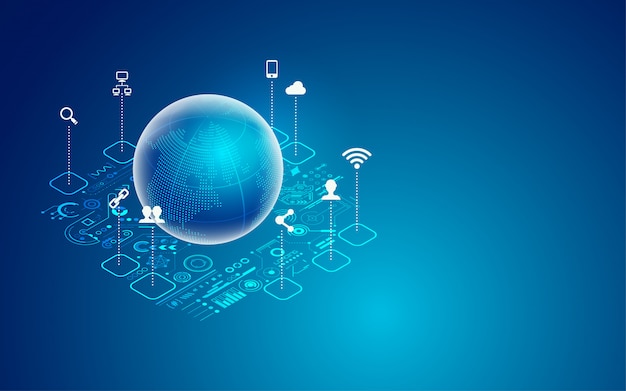An Information System (IS) is a collection of technologies and processes that work together to manage and optimize the collection, storage, processing, distribution, and use of information. The primary goal of an IS is to support decision-making, coordination, and operational activities in an organization. The system encompasses hardware, software, data, procedures, people, and networks to make the right information available to the right people at the right time.
What is an Information System?
An Information System (IS) is a combination of hardware, software, data, people, and procedures that work together to collect, process, store, and disseminate information. The goal of an IS is to support decision-making, coordination, and operational activities within an organization. Information systems can range from simple systems that support a single function to complex systems that integrate the entire organization.
Types of Information Systems
There are several types of information systems, including:
- Transaction Processing Systems (TPS) – These systems process transactions, such as sales, purchases, and payroll.
- Management Information Systems (MIS) – These systems provide managers with summarized data, such as reports, for decision-making.
- Decision Support Systems (DSS) – These systems provide decision-makers with the tools and data they need to make informed decisions.
- Executive Support Systems (ESS) – These systems provide executives with strategic information to support long-term decision-making.
- Knowledge Management Systems (KMS) – These systems manage the organization’s knowledge assets, such as data, information, and expertise.
- Enterprise Resource Planning Systems (ERP) – These systems integrate the entire organization’s processes and functions.
Information systems can range from simple systems that support a single function to complex systems that integrate the entire organization.
Benefits of Implementing an Information System
The implementation of an information system offers several benefits to organizations, including:
- Improved decision-making – With access to real-time data and information, decision-makers can make informed decisions.
- Increased efficiency – IS can automate repetitive and time-consuming tasks, freeing up employees to focus on more valuable work.
- Improved communication – IS enables organizations to communicate more effectively, both internally and with customers and suppliers.
- Enhanced competitiveness – Organizations that adopt IS are better positioned to compete in the marketplace.
- Increased customer satisfaction – By providing real-time information, IS can help organizations respond quickly to customer needs.
- Better risk management – IS helps organizations identify and manage risks by providing real-time data and information.
Key to the success of an IS is the ability to align the system with the organization’s goals, processes, and culture.
Conclusion:
Information systems play a critical role in modern organizations.
The implementation of an IS can help organizations improve decision-making, increase efficiency, enhance competitiveness, and better manage risk.
The right information system can provide a significant competitive advantage and drive growth. Key to the success of an IS is the ability to align the system with the organization’s goals, processes, and culture.



